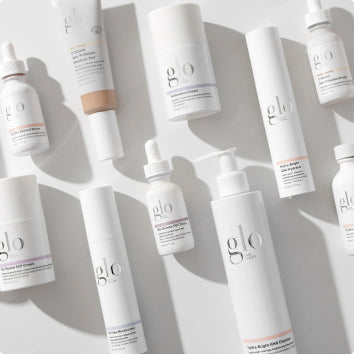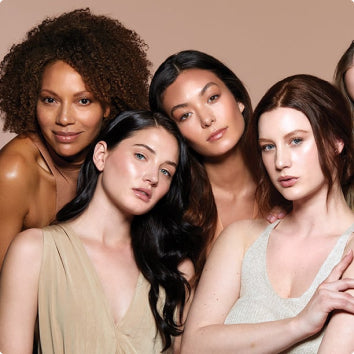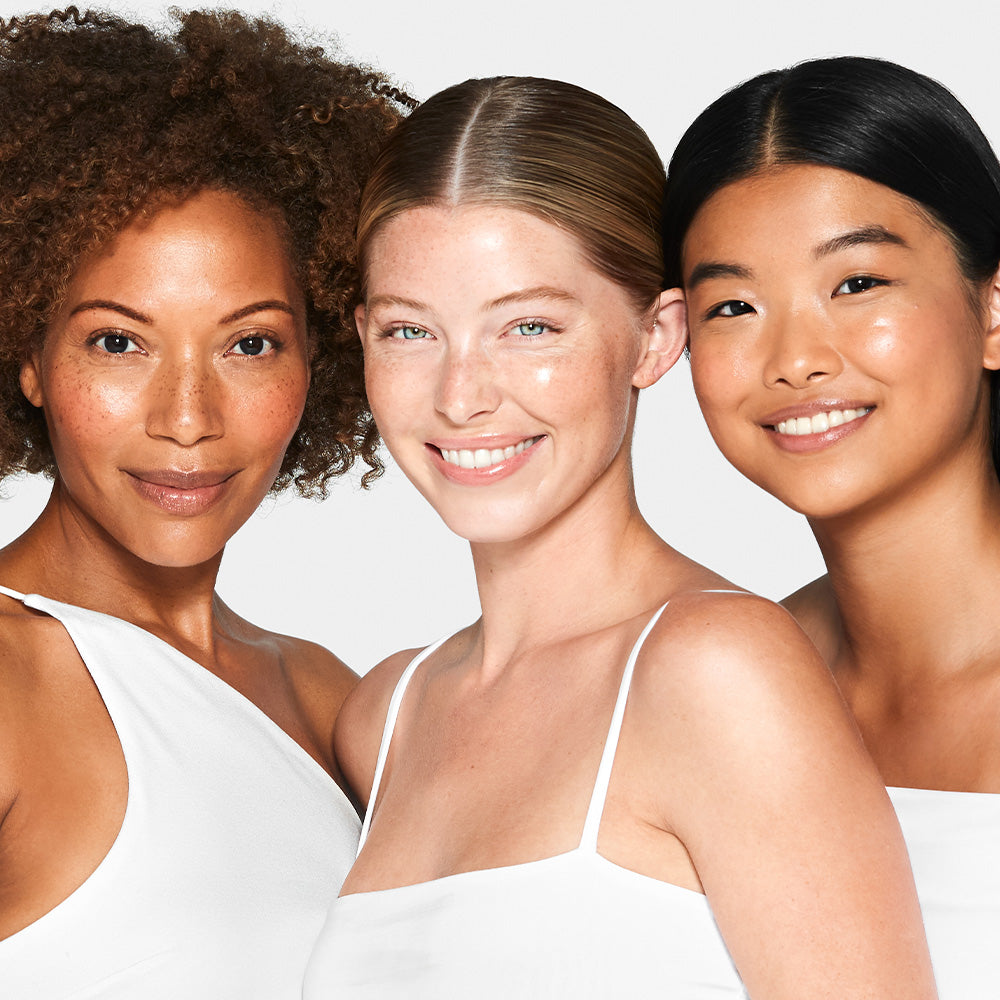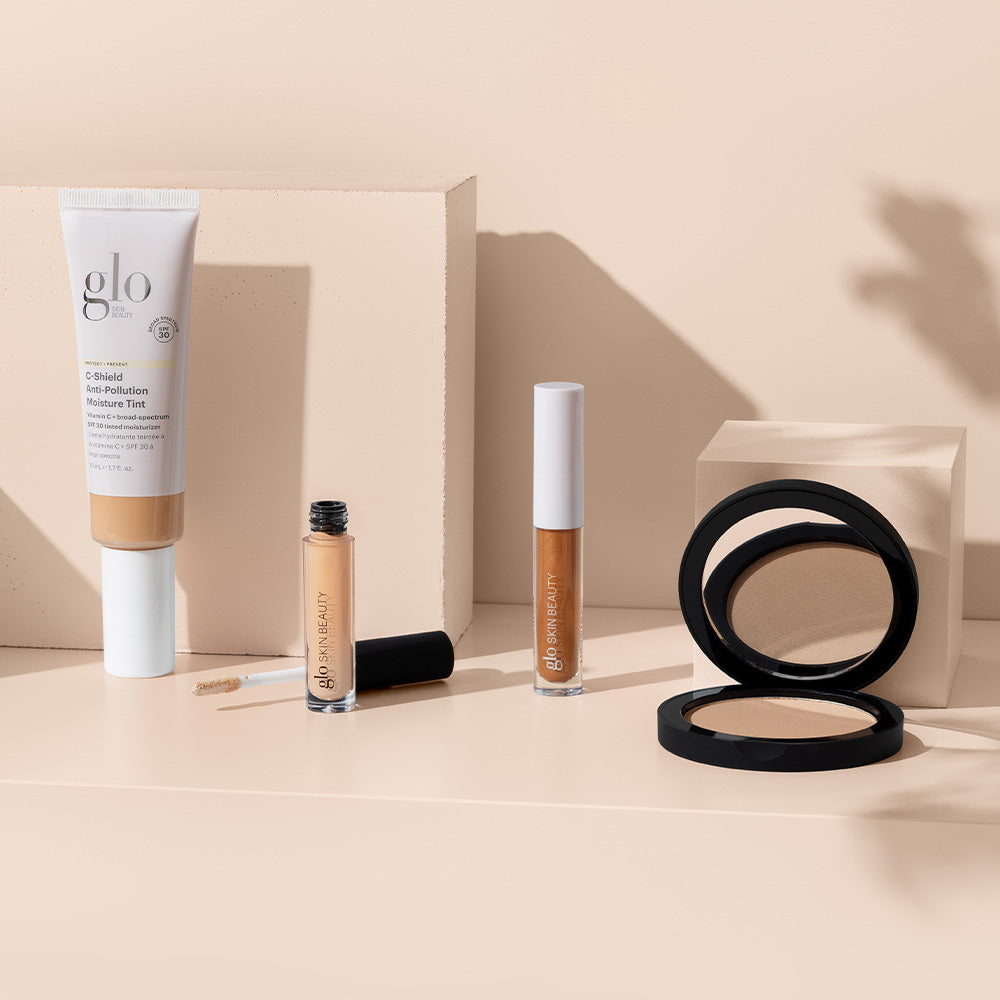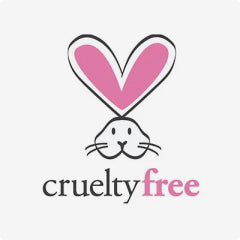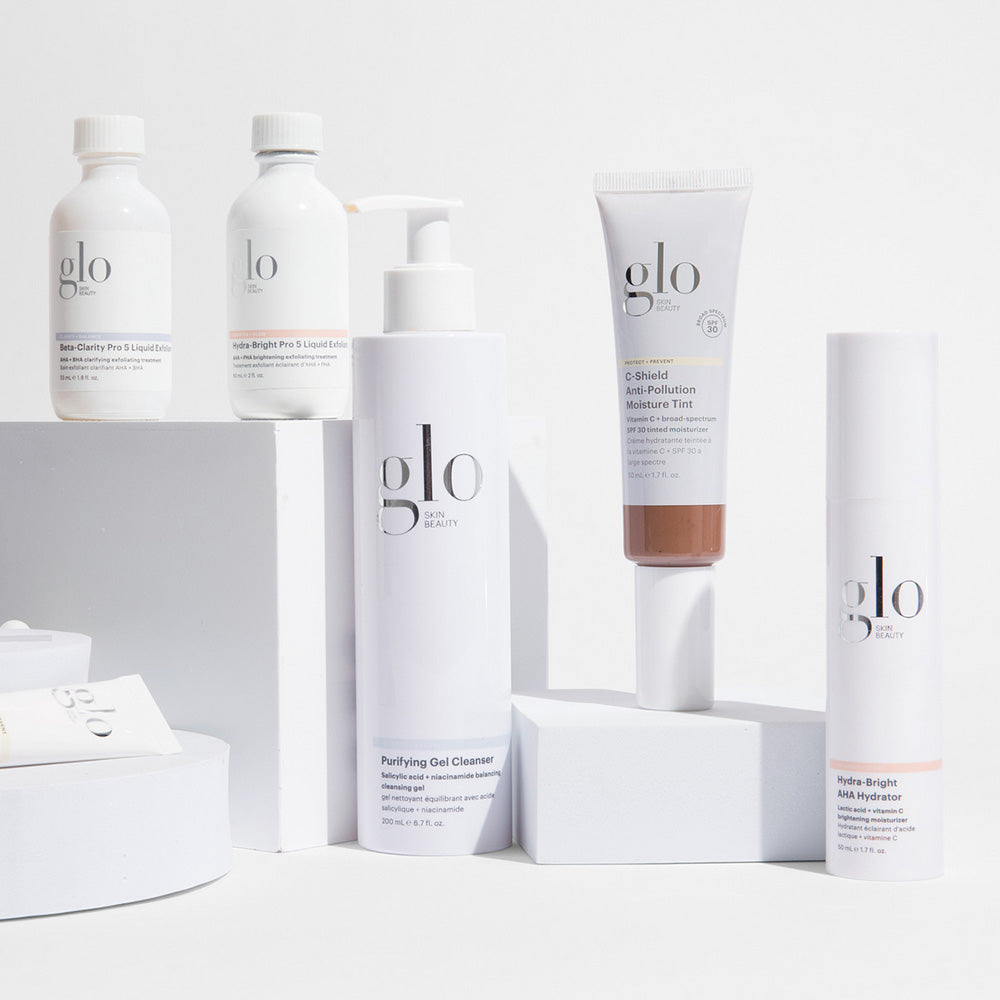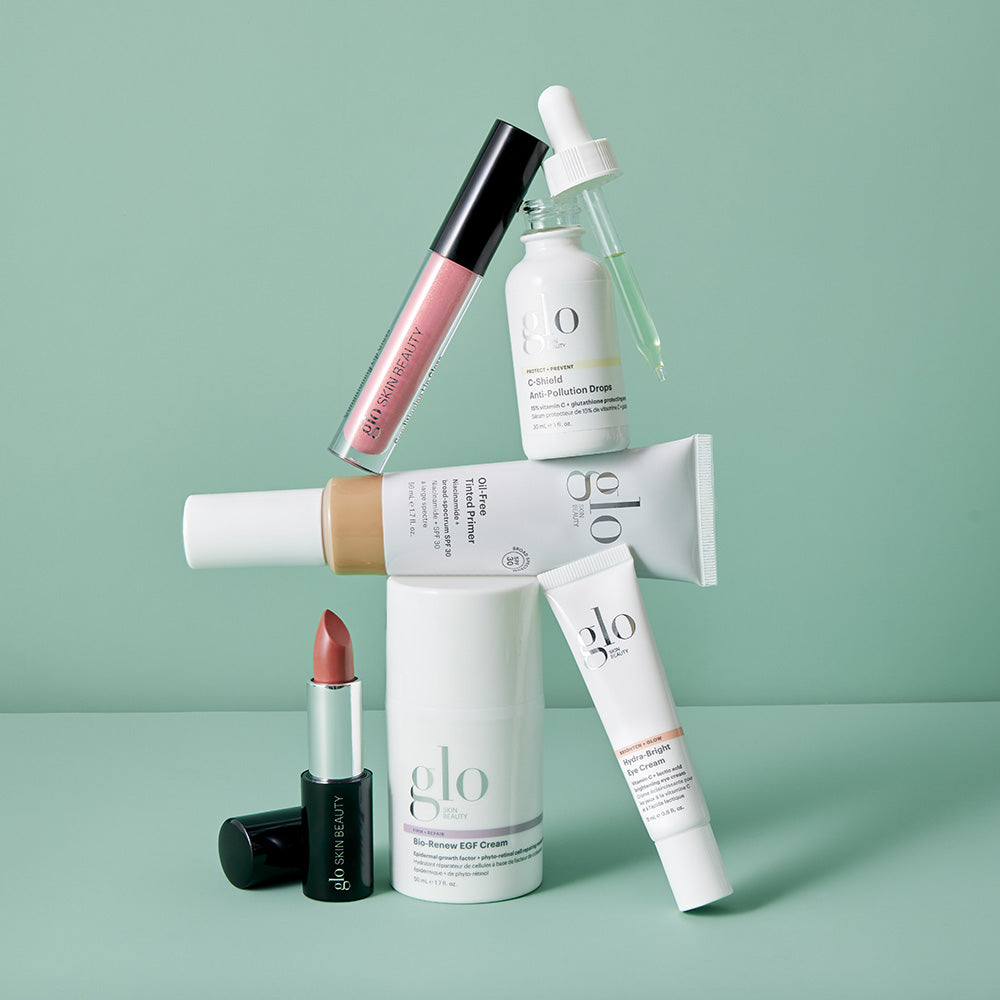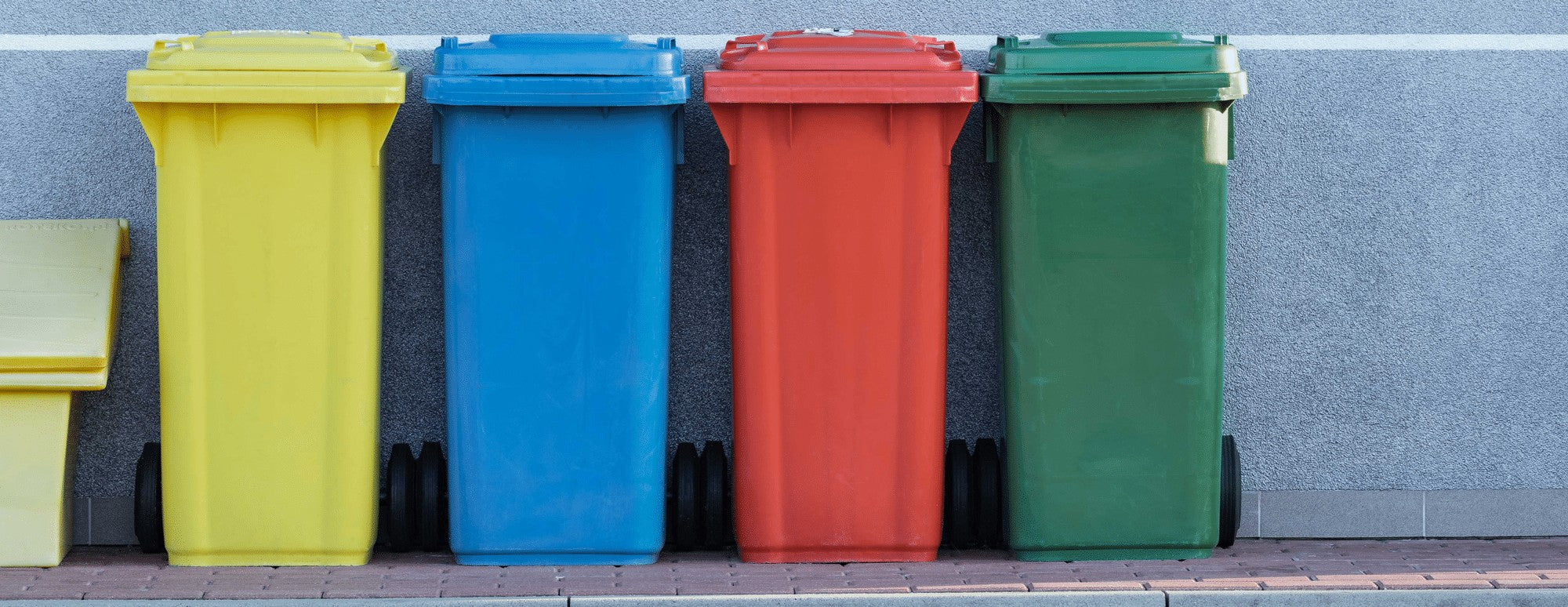
As a general rule, most cosmetics are good for about a year after opening, and potentially longer for anhydrous (water-free) products like powders. Even with the use of preservatives, your makeup and skincare products won’t last forever!
One of the beauty industry's little-known facts is the period-after-opening (PAO) symbol often located on a product tube, label or box tells you exactly how long long your products are good after opening. The PAO symbol is a jar with an open lid and a number inside, usually 6M, 12M, 24M or 30M. If your product doesn’t display a PAO and the box is long-gone, these are our guidelines for tossing opened products.
- Mascara: 6 months. Generally a tube will be used up in 3 to 6 months with daily use. To keep your mascara fresh, don’t pump your mascara wand. Pumping the wand in and out of the tube to get more product adds oxygen to the tube, drying out your mascara more quickly.
- Vitamin C Serum: Normally we recommend 6 months because Vitamin C loses efficacy and stops delivering benefits. However, if you use one of our revolutionary Daily Power C serums you can continue using your product for up to two years!
- Eyeliner: 12 months. Similar to mascara, eyeliner, both pencil and liquid liner comes into close contact with the eyes which are vulnerable to infection. Avoid touching your eyeliner directly to your eye and keep pencil liners sharpened to remove surface bacteria.
- Lipstick, Gloss & Lipliner: 12 months. Since lipstick and gloss usually contain skin-conditioning oils and emollients, it’s best to refresh your lipstick collection once a year.
- Liquid Foundation: 12 months. A key indicator that it’s time for a new foundation is when the color changes after application after you’ve had it for a long time.
- Concealer: 12 months. Use a brush to apply your concealer. Don’t double dip your brush, especially if you’re concealing acne. Instead, use a concealer brush to scoop up product and deposit on the back of your hand to use as a palette.
- Sunscreen: 12 months. According to The Skin Cancer Foundation, the shelf life of sunscreen can be anywhere from two to three years, but the best practice is to check the expiration date that’s often stamped on the bottle. After opening, try to use up your tube within a year, an easy feat if you wear sunscreen daily.
- Face Cream & Eye Cream: 12 months. Face and eye cream from a tube is the most sanitary choice, but jar options can be kept clean with a little extra effort. Before handling your products or dipping your fingers into a jar, make sure you’re starting with clean hands.
- Cleanser, Serum, Mask & Exfoliants: 12 months. Products with Alpha Hydroxy Acids (AHAs) may last longer, but it’s safest to change out your cleansers, serums, masks and exfoliants at the year mark.
- Pressed Powder, Blush & Eye Shadow: 12-24 months. Since powders don't contain water, they're not as susceptible to bacteria growth. Bacteria thrives in dark, moist environments.
- Body Lotion & Hand Cream: 24-30 months. When it comes to body lotions and hand creams, they are safe to use for about two to two and a half years. Products in tubes or pumps will last longer than jars.
Signs You Should Throw Out Your Cosmetics
If you notice any of the following signs, it might be time to evaluate your current go-to products. The best way to keep track of your cosmetics is to label your products with a permanent marker of the date you purchased the item and the date opened.
- The smell has changed.
- The color has changed.
- The consistency or texture has changed.
- You’ve recently had an eye infection or cold sore.
- You have new breakouts that aren’t on your normal cycle.
How to Keep Your Makeup Fresh Longer
- Clean your makeup brushes often. The oils from your skin, dead skin cells and leftover product build up in your brushes overtime, making them the perfect breeding ground for skin-irritating bacteria. Deep clean the bristles with baby shampoo or a gentle cleanser at least once every week, and sanitize between uses with a Brush Cleaner. You’ll be amazed at all the product that rinses out of your brushes!
- Be careful when sharing. What’s mine is yours, except that mascara. Professional makeup artists never share mascara wands or lip gloss applicators, opting for disposable options instead. When sharing lipstick, use a lip brush or dip the bullet in alcohol to sanitize.
- Wash your hands.
- Close your products after every use. Keep the cap closed and jar lid tightly sealed to avoid exposure to air and microbial contamination.
- Wipe your lips after eating, before reapplying lip products.
- Store your products in a cool, dry area. According to the FDA, products that get too warm may facilitate the growth of microorganisms and contribute to the breakdown of preservatives. Also, keep your products out of the bathroom. The bathroom is an incredibly moist, humid environment, so it’s best to set up your vanity elsewhere.
